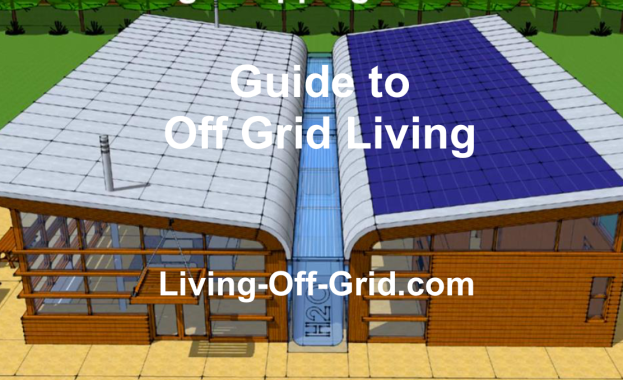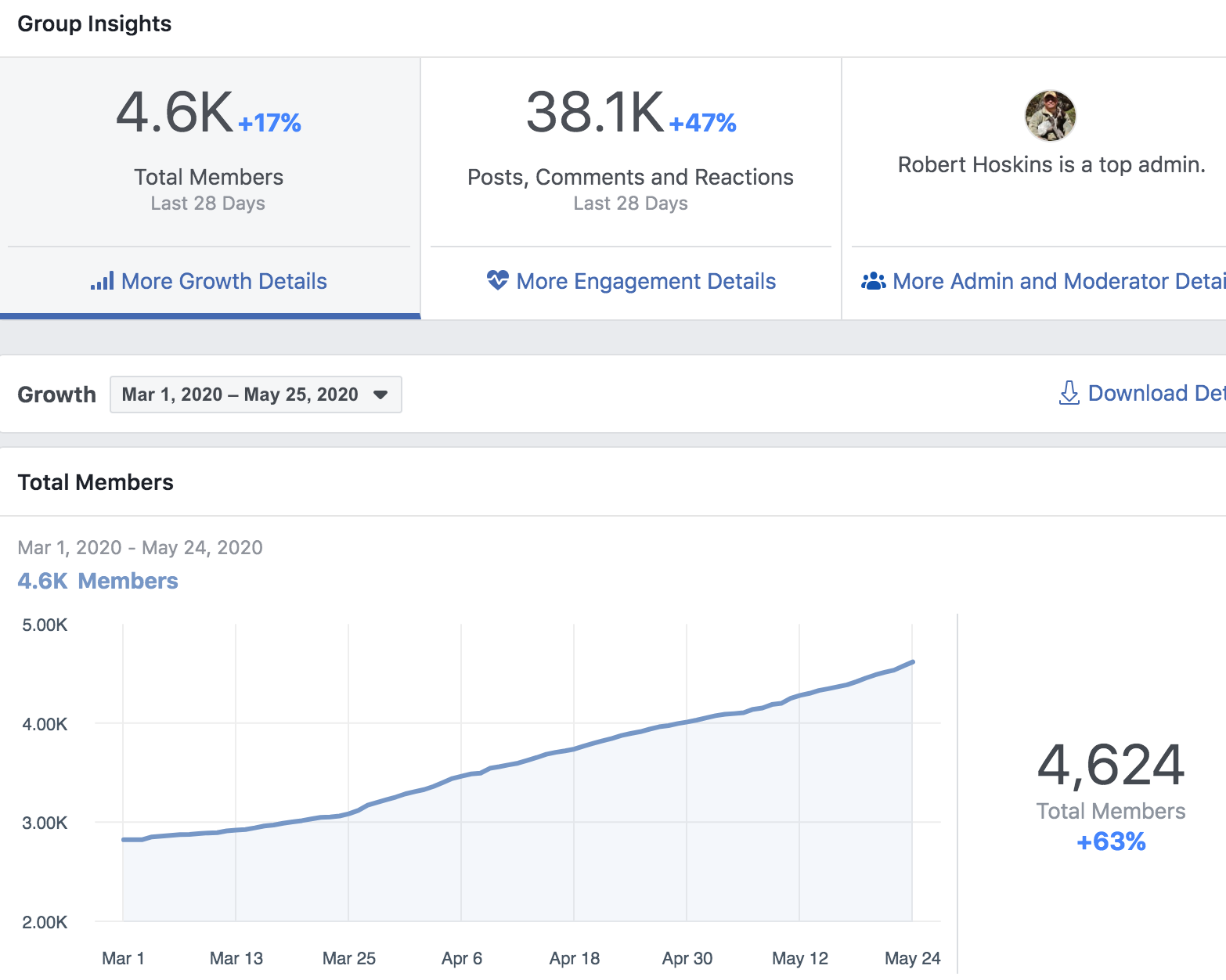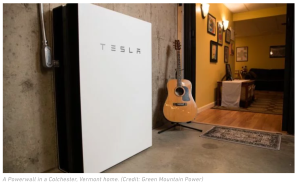Front Page PR can help OEM manufacturers reach Homesteaders, Farmers and Ranchers with Planned Budgets of $100,000+ or More to Spend on => Off Grid Solar and Batteries, Rainwater Harvesting Solutions, Rain Barrel Water Storage Tanks, Wood Stoves, HVAC Mini Splits, Backup Generators, Composting Toilets, Septic Tanks, Broadband Satellite Internet Access, Recreational Vehicles (RVs), All Terrain Vehicles (ATVs), Aquaponics, Raised-Bed Gardens, Greenhouses and Sheds, Tiny Houses, Shipping Container Homes, and Log Cabin Building Supplies as Well as Rural Real Estate for Sale throughout the United States
Flagstaff, AZ (Oct. 10, 2022) – FrontPagePR.com announced today that the firm has opened a new Off Grid Marketing practice that will help manufacturers that produce large ticket products/services for Off Grid Homesteads, Farms and Ranches reach a guaranteed audience of 550,000+ members and subscribers that are very hard to find and reach with marketing messages due to the fact they live off the grid with no mailing address. This offers advertisers a Cost Per Thousand (CPM) of less than $5 CPM.
Front Page PR Offers Turnkey Off Grid Marketing Campaigns
Front Page PR offers turnkey organic marketing services can include one or more of the following marketing campaign services:
- Organic Social Media Marketing Campaigns
- Influencer Marketing Campaigns
- Building Online Press Kits to Help Reporters Write Stories and Feature Articles
- Writing and Issuing Press Releases to Generate Earned Media Publicity Stories
- Content Marketing via Byline Articles, Blog Posts, and Influencer Videos
- Building Strong Media Relationships with Trade and Business Publication Reporters
- Building Important Analyst Relationships with Leading Industry Research Analysts
- Event Marketing Campaigns for Product Demonstrations/Developing Sales Leads
- Automated Sales Funnels for Quick and Fast Business Lead Processing
Front Page PR Offers Guaranteed Coverage to Off Grid Product Manufacturers
Unlike most marketing firms that pitch stories to publications and hope to get an earned media placement, we own one of the largest Off Grid trade publications, Living-Off-Grid.com Magazine, as well as its sister marketing blog publication at https://livingoffgrid.home.blog/. Together these publications reach a combined database of 231,000 readers/subscribers that we can reach on day one of a marketing campaign via targeted SEO’ed content marketing and email marketing campaigns.
Front Page PR Offers Guaranteed Off Grid Influencer Support
Unlike most influencer marketing firms that try to sign up Social Media Influencers to push a manufacturer’s products and services, we are the “Off Grid Influencer.” We own 5 large Facebook Off Grid Discussion groups with more than 315,000 members and 5 Off Grid Living Facebook business pages that reach more than 24,000 Off Grid Homesteaders in Arizona, Northern Arizona, California, New Mexico, New York and Texas. We can utilize these group for organic content marketing, email marketing and creating online video marketing events that will allow manufacturers to reach this target audience with zero interference from Group Administrators an/dor Business Page owners.
Front Page PR Offers Guaranteed Off Grid Earned Media Placements
Very rarely can a marketing firm state that they can guarantee media coverage as well as influencer marketing support, but at FrontPagePR.com we can indeed guarantee coverage because we own the media outlets and social media channels that are engineered to reach a very exclusive and hard to reach audience with impressive plan-to-buy budgets and a higher than average propensity to buy.
Front Page PR Offers $2,500, 30-Day Turnkey Marketing Campaigns
Front Page PR 30-day turnkey packages start at USD $2,500, plus miscellaneous expenses, such as wire service charges which are charged to us by professional wire service for issuing press releases.
Front Page PR Targets $248 Billion Off Grid Products/Services Marketplace
Together the Off Grid marketing segments we represent, in aggregate, account for a potential USD$248 billion marketplace of unmatched Compound Annual Growth Rates (CAGR). If your company falls into any of the business industries below, you should hire this firm to help your company begin to build brandshare awareness and increase sales for the following product/service industries:
- Aquaponics – projected $1.28 billion by 2028, 12.9% CAGR through 2028
- ATVs/UTVs – projected $1.2 billion in 2021, 5.2% CAGR through 2030
- Accessory Dwelling Units (ADUs) – projected $64.5 Billion, 9.2% CAGR through 2030
- Battery Powered Tools – projected $42.1 billion by 2030, 6.9% CAGR through 2030
- Hunting/Fishing Gear – $8.2 billion industry in 2022 (CAGR unknown)
- Glamping Supplies – $2.35 billion industry in 2021, 10.9% CAGR through 2030
- Outdoor Sheds – $9.6 billion industry in 2028, 5.5% CAGR through 2028
- Off Grid Solar – $907 million industry by 2030, 16.9% CAGR through 2030
- Off Grid Batteries – $375.8 million industry by 2030, 14.2% CAGR through 2030
- Off Grid LED Lights – $24.8 billion industry by 2028, 24.6% CAGR through 2028
- Rainwater Harvesting Supplies – $638 million by 2026, 8.6% CAGR through 2026
- RV/Travel Trailers – $70 billion in 2021, 10.0% CAGR through 2028
- Satellite Broadband – $2.9 billion in 2020, 20.4% CAGR through 2030
- Shipping Container Houses – $64.5 billion by 2025, 5.9% CAGR through 2025
- Skid Steers w/Attachments – $2.2 billion in 2018, 2.4% CAGR through 2025
- Steel Buildings – $467.4 million by 2026, 9.6% CAGR through 2026
- Tiny Houses – $3.6 billion by 2026, 4.5% CAGR through 2026
- Water Storage Tanks – $3.8 billion in 2020, 3.2% CAGR through 2027
- Fireplace/Wood Stoves – $9.3 billion in 2021, 7.7% CAGR through 2027
“These are just a few of the topline industry segments that can sell their products and services into our Off Grid Homestead, Farms and Ranches target audience,” said Robert Hoskins, Editor-in-Chief at Living-Off-Grid.com magazine.
“Smart Americans are flocking to the “Off Grid Living” and “Prepping Groups” in order to learn how to:
- Grow gardens and raise chickens, rabbits and goats for food.
- Install off grid solar systems that will be generating free solar electricity when the government turns off the electrical grid like the have done in Northern California during wildfires and Colorado using smart meters to control homeowners thermostats.”
- Install rainwater harvesting systems that capture and provide clean, purified drinking water.
Americans Fleeing Big Cities to Build Off Grid Homesteads
“Americans are scared of their government, which seeks only to enforce unbelievable laws like having to buy electric cars, forcing untested vaccines, drinking poisoned city water, outlawing front-yard, victory gardens, opening our borders to dangerous illegal aliens and schools that are teaching children its ok to get a sex change in kindergarten.”
“It is no wonder that Americans are fleeing big population centers. They can see the government purposely destroying supply chains by requiring dangerous vaccines for healthcare workers and Biden purposely declaring war on the oil & gas industry in order to cause inflation and drive prices through the roof so that Americans have no choice but to depend on the government for stimulus handouts, medical care, food and water.”
Off Grid Homesteads are Self Sufficient and Don’t Need Government Handouts
A good example to analyze is how people living off grid in Florida, Georgia and South Carolina fared after Hurricane Ian leveled homes, downed electrical grids and closed grocery stores.
People that lived in the cities were helpless and couldn’t provide for themselves, and were dependent on the local government for food, water and shelter.
“However, people who were living off the grid and preppers that store up emergency supplies weren’t phased one bit,” Hoskins added. “The day after Hurricane Ian Off Gridders lights were the only ones on, their refrigerators were still keeping food cold, ice makers were still making ice, rainwater harvesting systems were full of clean water and root cellars and pantries were stocked with enough food to last 12 months or more.”
Living Off Grid.com Magazine and Blog Enjoy Significant Growth
“That is why over the past 4 years, our Living-Off-Grid.com magazine and our Facebook Living Off Grid: Prepping to Live Off the Grid Discussion Groups have grown by sometimes as many as 3,000 new members per day. Smart, intelligent Americans are searching for a free sources of information on how to buy some rural land, build an Off Grid Homestead and teaching their families how to live off the land just like pioneers did in the 1800’s,” Hoskins summarized.
# # #
Contact:
Robert Hoskins
FrontPagePR.com
(512) 627-6622
Copyright: Anyone can repurpose this article’s content as long as a Source URL is included and credit is given to Living-Off-Grid.com magazine for the content.




















